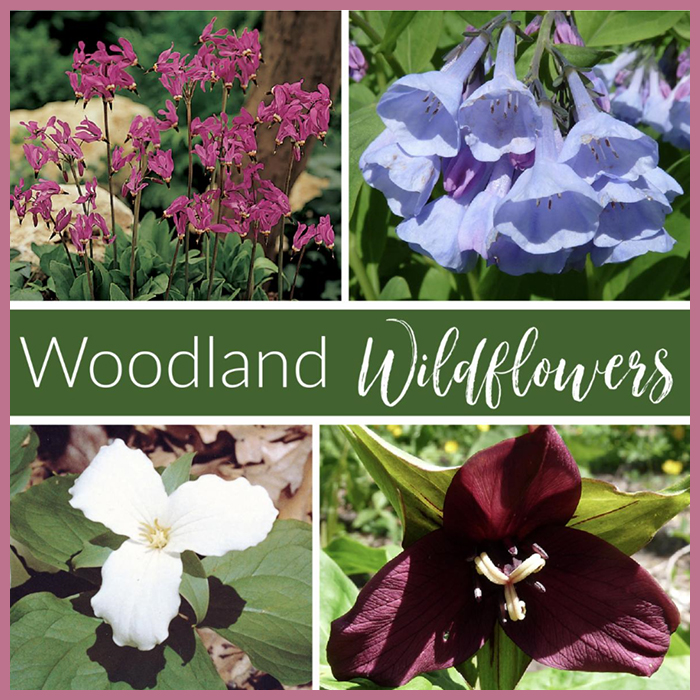
Updated: August 21, 2024
It sounds simple enough; open a packet, bag, or canister of wildflower seeds, sprinkle them out onto the ground, and “presto!” you have a giant patch of wildflowers blooming in a few short weeks. Not so fast.
When To Plant Wildflowers
First, you need to consider the optimal planting timetable for your wildflower seeds. Sowing at the right time will allow the seeds the best seasonal climate conditions to germinate well. In most zones, wildflower seed sowing season is in the fall, from mid-September to late November is best. This may seem counter-intuitive because after all most of us plant our potted perennials in spring to grow and flower for us in the summer. However, most perennial wildflower mixes contain varieties and species that require a cold stratification period in order to germinate. Essentially, they need a hard winter to break their natural dormancy to begin germination.
- In USDA zones 1 – 3 where winter temps. can be too severe, sowing in early spring is best.
- In USDA zones 4 – 6 sowing most wildflower seed in fall is optimum.
- In USDA zones 7 – 11 sowing can be done from Sept. through December or even January depending on your specific micro-climate.
To Sow Or Not To Sow, Wildflowers In Spring
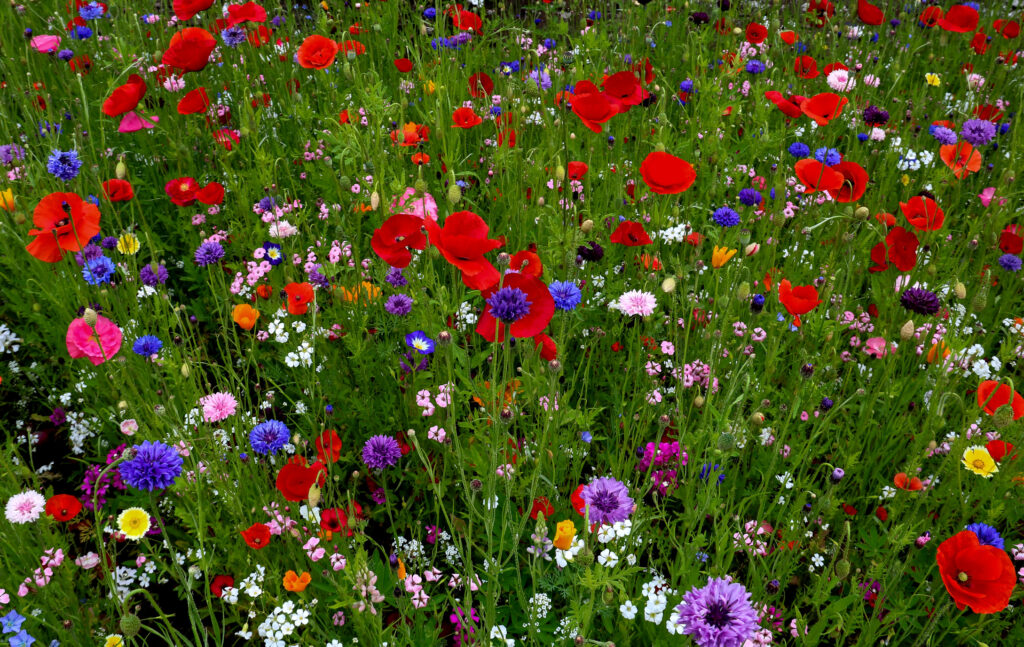
Annual & Perennial Wildflower Mixes
If sowing is done in early spring, know that some species in the mix will not germinate until the following spring and there is a risk that average seasonal moisture will be less than adequate and hot, dry summer conditions will require hours of supplemental waterings. However, if your seed mix contains a good percentage of annual species, spring planting may actually work better.
Perennial Wildflowers
Generally speaking, most perennial wildflower species are considered drought tolerant, but only after they have become well established, which is typically by their second season. It is good to understand, most spring and summer seasons will not provide enough rainfall events to make perennial wildflowers thrive. Supplemental irrigation is an important preparation factor that must be considered before seeding happens.
Why Are My Wildflowers Not Blooming?
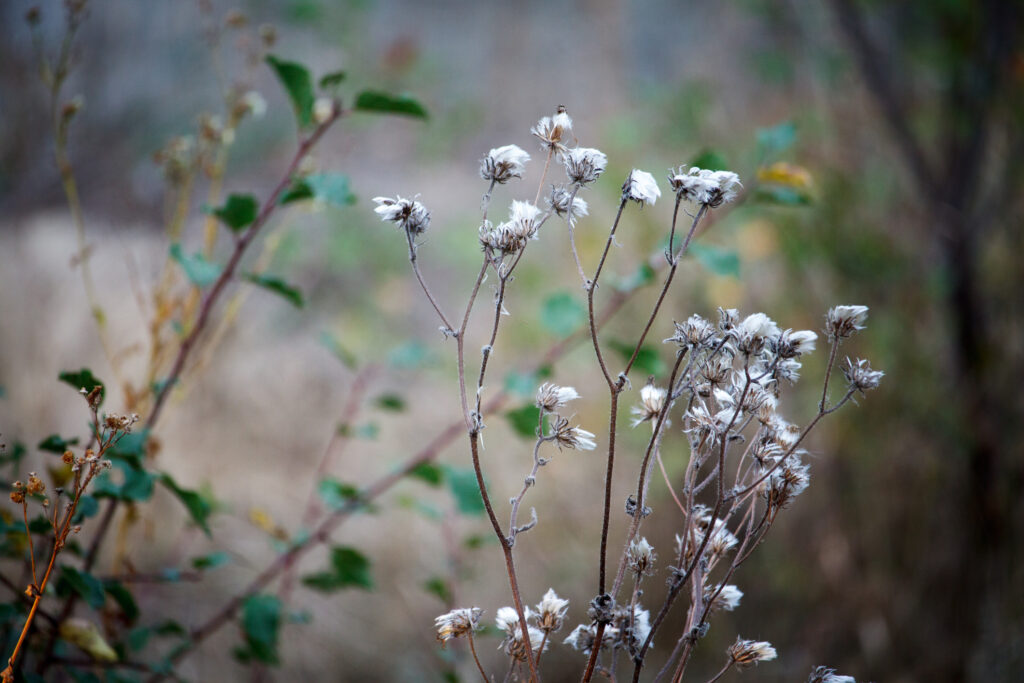
After seasonal timing considerations, there are many other factors that can cause poor germination results for perennial wildflower seed. Before your rake or shovel ever hits the soil, here is what to pay close attention to…
Improper Site Selection
- Areas with too much shade will not work. While some species may still be able to germinate and grow in shade, 99% of perennial wildflower species will perform best in full sun (at least 6 hours) situations.
- Too steep of a slope, logically will create irrigation headaches and complications. Do some grading first.
- Too deep of depression will create a different but equally impossible problem to correct once the seed is down. Use clean fill with lots of organic material to level out the holes.
Poor Soil Drainage
- Excellent drainage is critical. Again, amending the soil well before planting happens is necessary. In some situations, up to 1-year, prior may be needed to generate the proper percentage and balance of appropriate micro-organisms working in the soil.

Improper Site Preparation & Cultivation
- Cultivating too deeply can disturb and bring up 10s of thousands of dormant weed seeds that have a much greater capacity to out-compete the wildflowers. Shallow tillage of only 2 to 3 inches tends to decrease weed seed persistence and increase the ability for wildflower seedlings to become better established.
Covering Seeds Too Deeply
- Good seed to soil contact is important but seed covered too deeply gets less air and light. A 2 or 3 ft square piece of plywood laid down and stepped on over the top of sowed wildflower seeds is enough to make good seed to soil contact.
Not Following Recommended Seeding Rates
- Over-stretching a small amount of seed over a large area never works well. If adequate coverage is the goal, always default to more seed in a small area for better results.
Control Competitive Weedy Grasses In Your Wildflower Patch
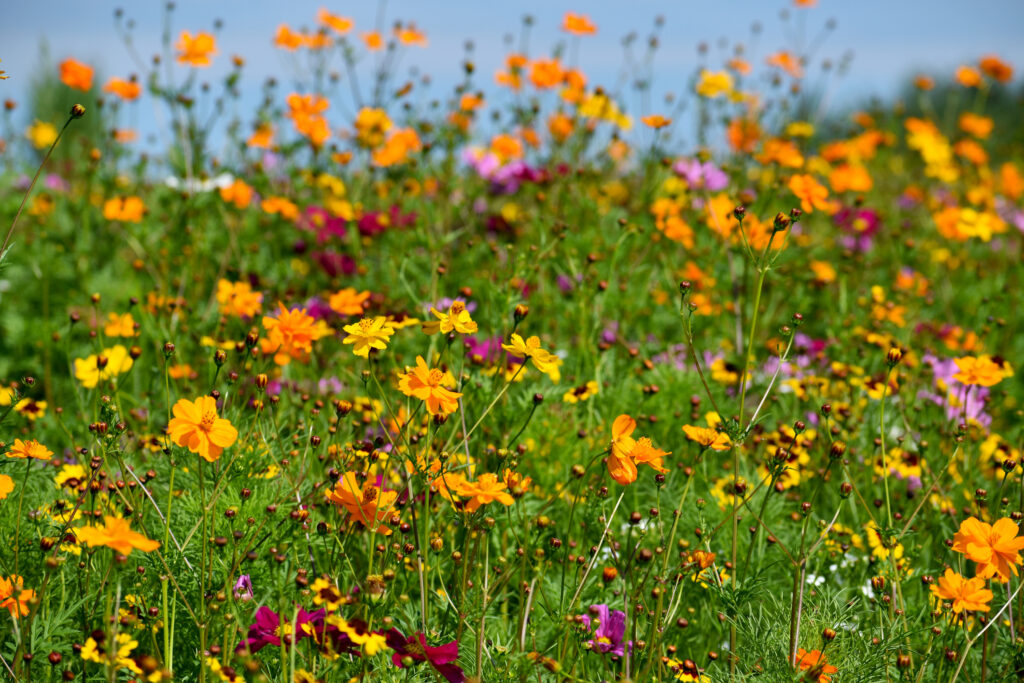
Even if your site preparations are perfect, there will be encroaching weedy grasses that will move in to try to take over your wildflower planting. The ideal conditions you have created for your wildflowers will also appeal greatly to weedy grasses and other broadleaf weeds.
Weedy grasses are fast and typically the first to grow up in the spring, so spraying a grass-specific herbicide that will not harm broadleaf plants is the most appropriate and easiest way to fight weedy grasses like annual rye, quackgrass, and crabgrass. Look for Grass Beater® by Bonide®. Follow all label mixing and application instructions for whatever product you choose.
What About Broadleaf Weed Control In Wildflower Meadow?

Read the notes above, under the Improper Site Preparation & Cultivation, section. When it comes to weeds; avoidance is your best defense. Spraying nonselective herbicides is not an option, so hands & knees cultivation and plucking are your primary and best control methods against broadleaf weeds.
Maximize Your Wildflower Magic
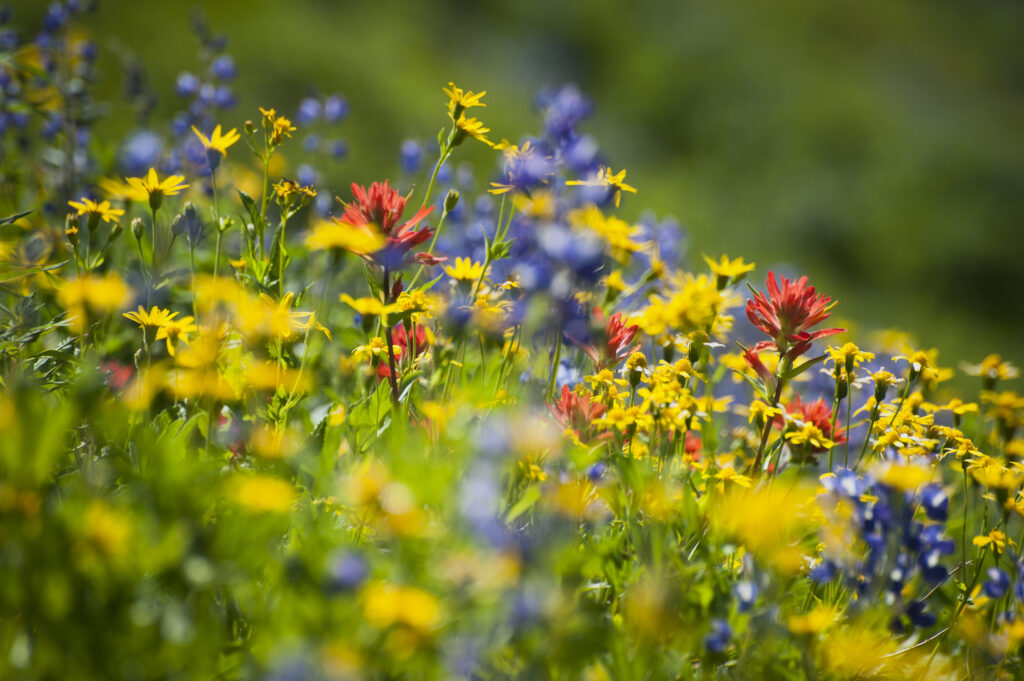
Creating a wildflower meadow or patch is not an illusion at all it is a carefully planned and executed garden just like any other. You do not have to be Houdini or David Copperfield to end up with a beautiful wildflower garden. Follow these simple guidelines of when to plant, where to plant, and how to plant to maximize your perennial wildflower magic!
Other Recommended Reading
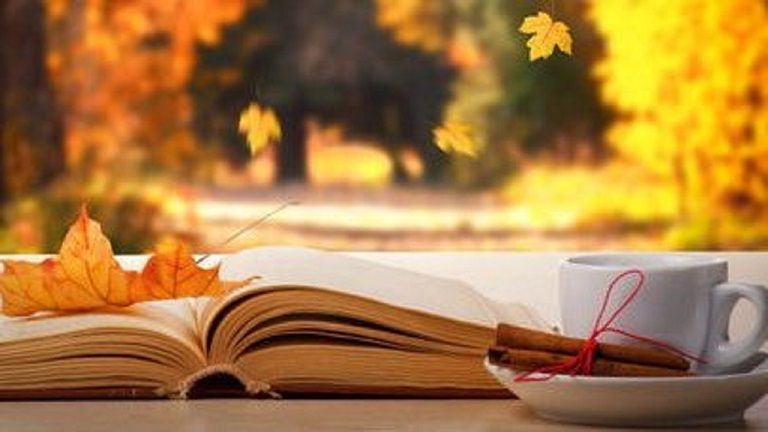
- Bee Gardens: Cultivating Pollinator Paradises
- Shade Garden Design Ideas
- Easy Ways To Create A Mindful Garden From Scratch
- Create A Cottage Garden
- How to Create a Rain Garden
At Jung Seed Co, we strive to be your go-to guide for all your gardening needs. Our YouTube channel, The Garden Doctor by Dick Zondag, is where he provides gardening tips for all levels of gardeners. When you need reliable gardening advice, turn to the trusted experts at Jung.
View our new catalog online or browse our website for your gardening favorites. Sign up for our weekly email to receive info on new products, exclusive deals, and specials. Join our Facebook page to discuss all things gardening!
